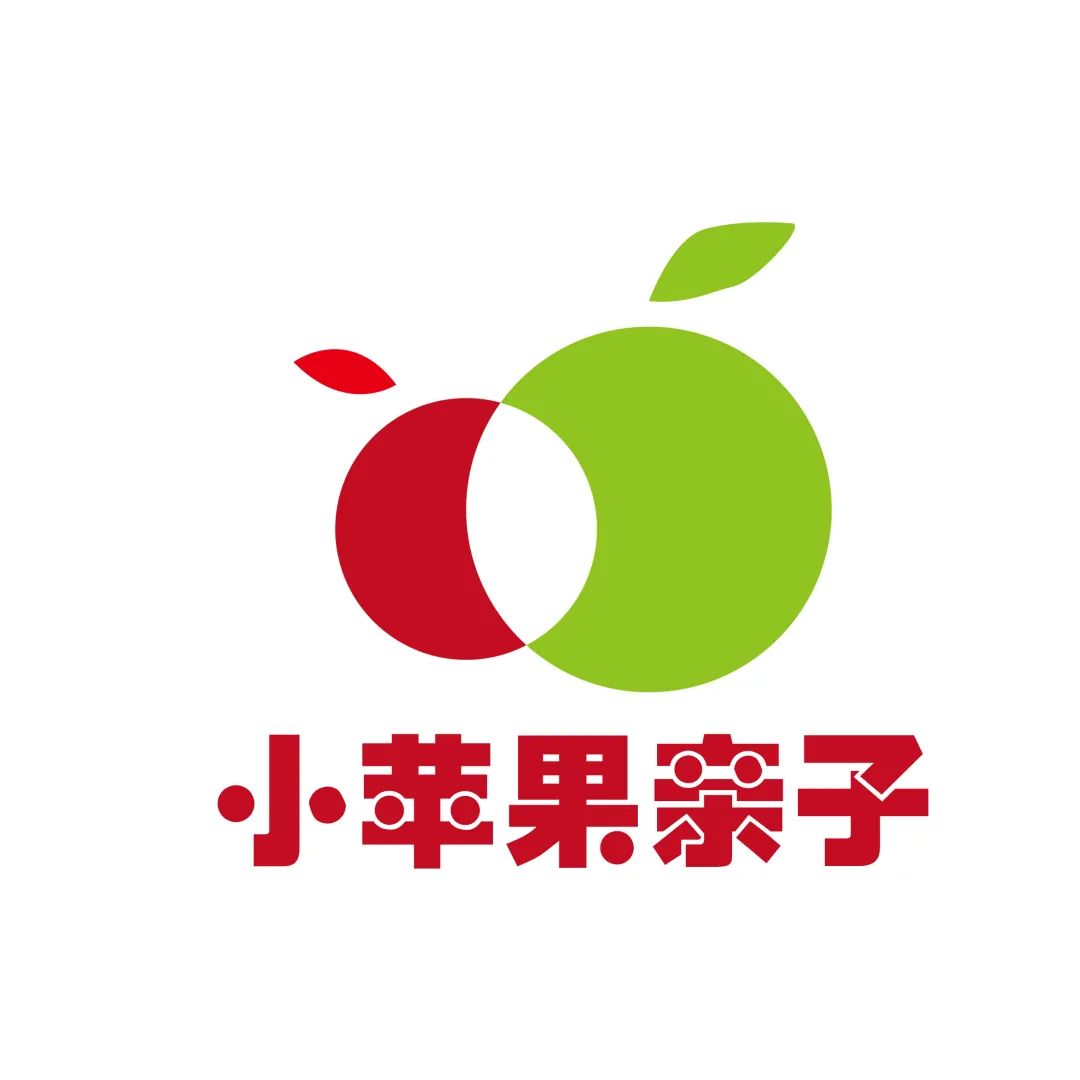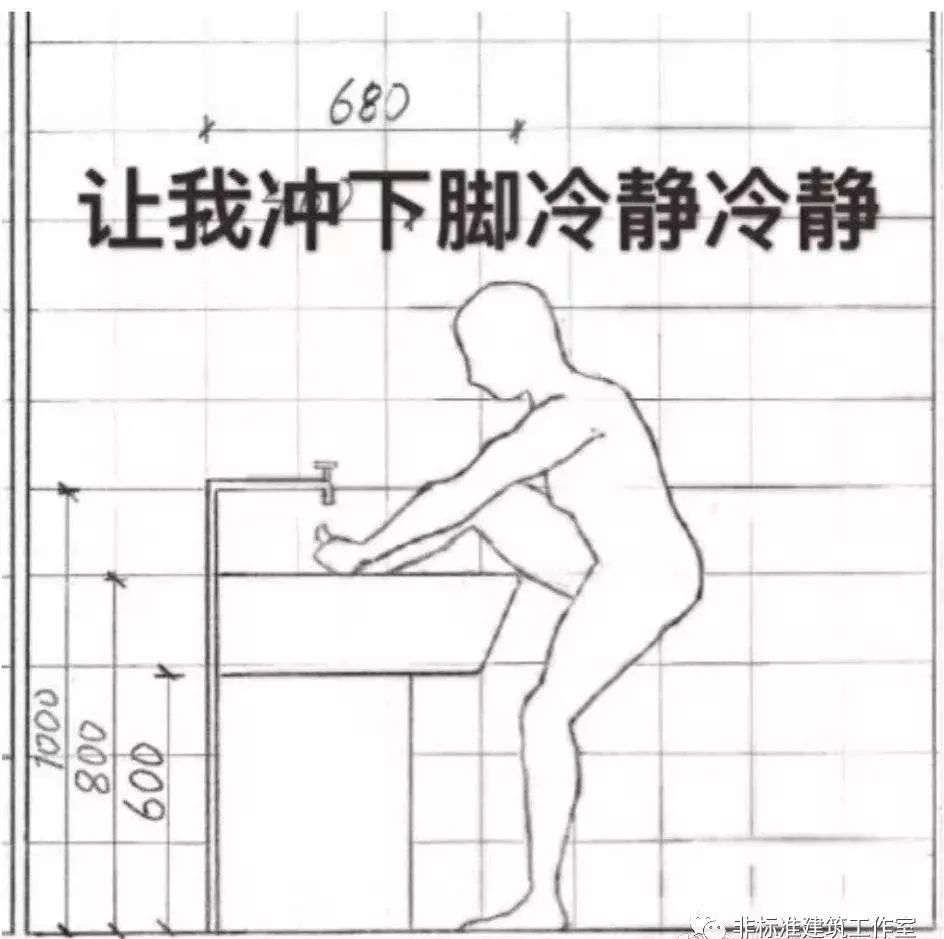For a time, “Yunjian granary” has become a new landmark of Songjiang and a popular punch in place for Shanghai Internet.
Songjiang, the favorite cultural holy land of surrounding residents, has always enjoyed the reputation of “half the world of taxes” and “all the world of clothes and quilts”, carrying the remains of processing industry and the local memory of “land of fish and rice”.
It plans rich and colorful artistic activities such as exhibition, performance, lecture salon, cultural and creative market and open-air film, making it a favorite cultural holy land for young students, tourists and surrounding residents.
In 2019, Songjiang District People’s government launched the transformation plan for Yunjian granary, transforming and updating the old granary that had been abandoned for many years into a cultural and creative park.
Later, the granary was distributed to more than 100 small owners.
Eight silos with a height of 24 meters and a diameter of 5.5 meters are the landmark landscape of Yunjian granary.
There are dozens of intact Soviet granaries in Yunjian granary, which have been renovated and rebuilt as old as before, and serve as exhibition halls and theatres for tourists.
Along the Renmin River, the cultural history of granaries and Songjiang River is displayed.
Each earth round hoard has an inner diameter of 8 meters and can store 100 tons of grain.
In May 1949, Songjiang was liberated.
In addition to the distinctive Jiancang buildings, the park faces the river on both sides, which has been built into a distinctive hydrophilic platform.
In the past, the cabin of farmers’ grain delivery ship was directly aligned with the grain suction port, and then transported to the transfer room and finally to the warehouse.
In addition, an artist studio was set up in the room warehouse, and the simple warehouse was transformed into a trendy home stay.
02 huge silo graffiti “rice field catcher” the eight silos are the landmark landscape of the granary among the clouds.
“Rice field catcher” – four astronauts walk in the rice field, holding rice and looking up at the stars, which contains the theme of Songjiang rice space breeding..
It used to be used by Songjiang flour mill to store raw materials.
Yunjian granary is located at the junction of tongbotang and Renmin river.
The old granary, which has been abandoned for many years, is now transformed and updated into a cultural and creative park.
For a time, Yunjian granary became the most fashionable punch in place in Songjiang and a vivid sample of the renewal of Suburban Cities in Shanghai.
There are more than 60 buildings in Yunjian granary, which are divided into art exhibition and interaction area, Wanguo beer culture area, science and technology creative experience area, fashion online Red punch in area and outdoor sports area.
A two-story old-fashioned small white building near the river, with a small gathering of three or two friends, smelling and drinking tea with elegant music.
The operation was chaotic.
It is a geomantic treasure land like two big rivers in arms.
Now it is covered with a huge silo graffiti “rice field catcher” — four astronauts walk in the rice field, hold rice and look up at the stars, which contains the theme of Songjiang rice space breeding.
Yunjian granary, covering an area of 136 mu, is located at 327 Songhui East Road.
In 1971, in response to the call of “building barns and war readiness warehouses generally”, the earth round hoard was built with a handful of mud and a handful of grass.
The contemporary art installation singing for Iraq from the Shanghai Biennale is vividly called “keaido” by children.
After 1998, the function of Nanmen grain depot gradually weakened and the pace of decline accelerated.
The same principle is adopted inside the granary.
The stringer is still the same stringer, and the column is still thin and tall.
The “grain sucking room” before the transformation and the Yunjian granary after the transformation of Guoting tea space radiated unprecedented vitality, and was rated as “a good place at the door of Shanghai” and “a good place to visit Shanghai at night”.
In the 1950s, Nanmen grain depot was completed here, followed by a number of grain warehouses and factories such as rice factory, flour factory and feed factory, which witnessed the development and evolution of the grain industry since the founding of new China.
In the transformation of Yunjian granary, the old granary retained at the original site is not only an important historical and cultural resource, but also the best landscape in the park.
Among them, the Soviet warehouse, commonly known as “Wandan warehouse”, is a kind of bungalow warehouse for bulk grain.
The reconstruction scheme is not only limited to the restoration of the old style, but also focuses on the activation and utilization of the old buildings.
In Yunjian granary, there is also a brick building, which was discovered in the inscription on the restoration of Puzhao temple in the 20th year of Guangxu, and was announced as the cultural protection point of Songjiang District in 2019.
The park has established Yunjian Art Museum, Drama Workshop, Yu Tiancheng traditional Chinese medicine culture exhibition hall, Yushu cultural life hall, etc., and introduced Xie zhiliu, Chen peiqiu Art Center, “huanxiyuan” Wang rugang art studio, He Xi studio, volatile Art Center and Cao Gang design studio to create a destination for artists.
Hence the name of Yunjian granary.
All kinds of buildings in the granary have been successfully transformed according to their own spatial characteristics and can provide different spaces.
As a project aided by the Soviet Union after the founding of the people’s Republic of China, it is a product of Sino Soviet friendship and is rare in the country.
Later, these small business forms were also depressed.
At that time, Yunjian granary was the seat of Southern Jiangsu administrative office.
Emperor Kangxi went to the south of the Yangtze river twice and landed here.
Songjiang was called Huating in ancient times and Yunjian in the Western Jin Dynasty.
Since the Ming Dynasty, Songjiang has become the main source and storage of grain, and also one of the main distribution centers of grain in Jiangsu and Zhejiang, forming a unique grain culture.
The lampshade for lighting is still like a melon skin hat, but the bulb is changed to environmentally friendly and low-cost lamps.
Now the “grain sucking room” near the river has become a tea space passing through the pavilion.
It is adjacent to tongbotang in the West and Renmin River in the south.
The building clocking point 01 singing for Iraq the former grain drying field is now placed with a unique public sculpture.
The grain depot built by the Grain Bureau of the special agency and the first grain depot of COFCO Songjiang company were called “Nanmen grain depot” after the merger in April 1953.
Now the tuyuandun no longer disappears, and a new sports ground has emerged on the original site.
In the transformation scheme, the design team mainly highlighted the green tiles and red tiles on the roof of the old granary, so that the fifth facade of the building restored the original sense of the times and tasted from the air.
A large granary was mixed with several business forms such as hardware, warehousing and advertising.



